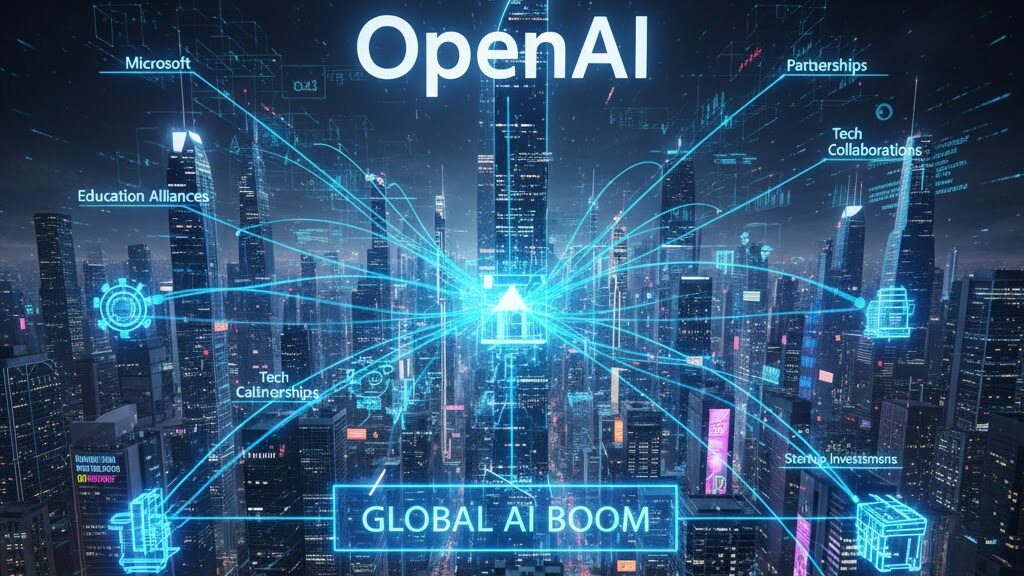
Source
The Irish Times
Summary
Proinsias O’Mahony examines how OpenAI’s intricate web of financial partnerships has become central to sustaining the AI industry’s rapid expansion. Deals with major players such as Nvidia, AMD, and Oracle have created a self-reinforcing investment loop—OpenAI buys chips and services, suppliers reinvest in OpenAI, and valuations rise on expectations of continued demand. This “vendor-financing circle” keeps capital flowing and share prices high but also ties the sector’s fate to a handful of interconnected firms. While the system fuels the AI boom, analysts warn that any slowdown in ChatGPT’s growth could trigger a cascade of mutual losses across the industry.
Key Points
- OpenAI’s partnerships with Nvidia, AMD, and Oracle form a self-sustaining investment loop.
- AI suppliers and investors are increasingly financially interdependent.
- The model boosts market valuations but concentrates systemic risk.
- Analysts call it a “vendor-financing circle” that relies on perpetual demand.
- A downturn in AI adoption could unravel the entire interconnected ecosystem.
Keywords
URL
Summary generated by ChatGPT 5


